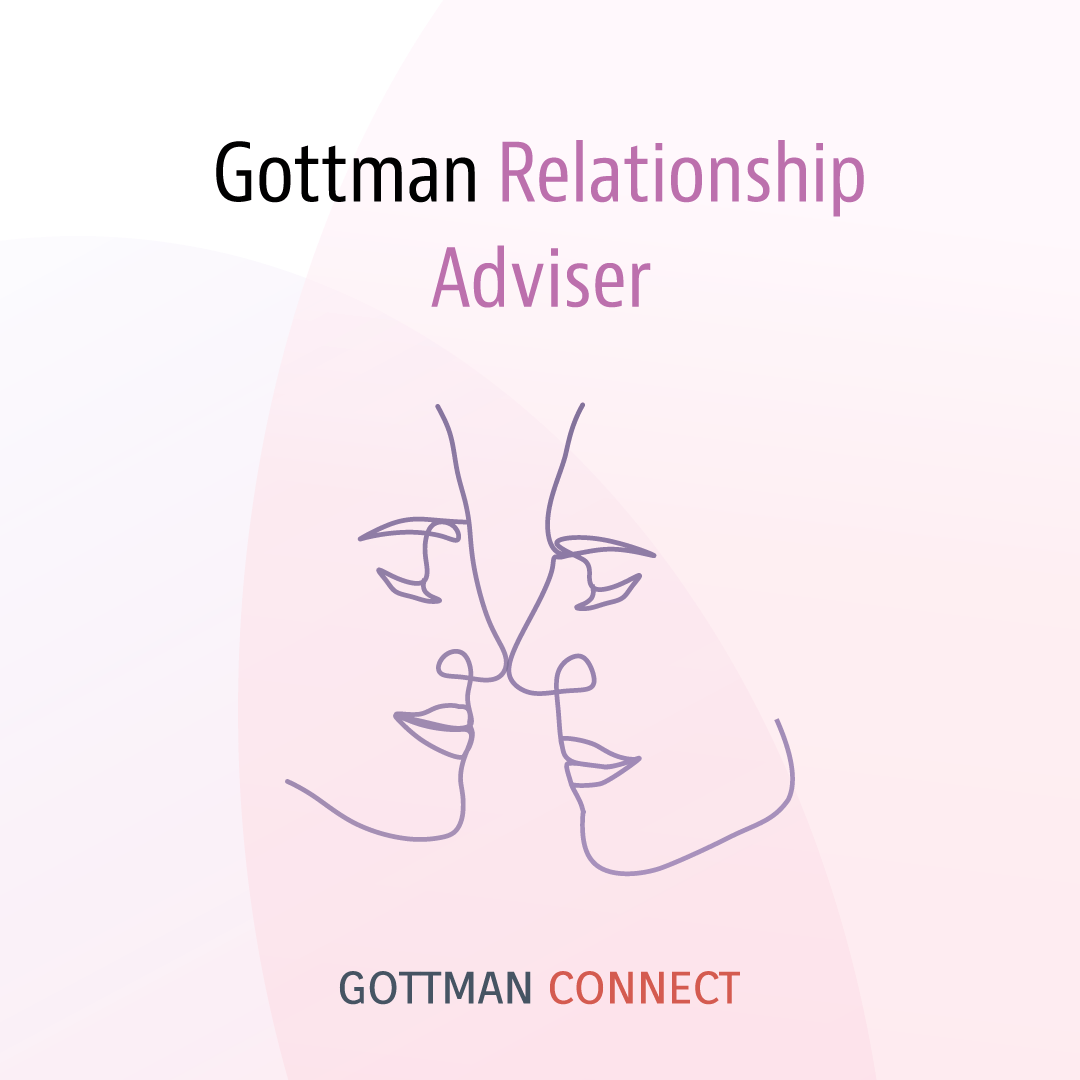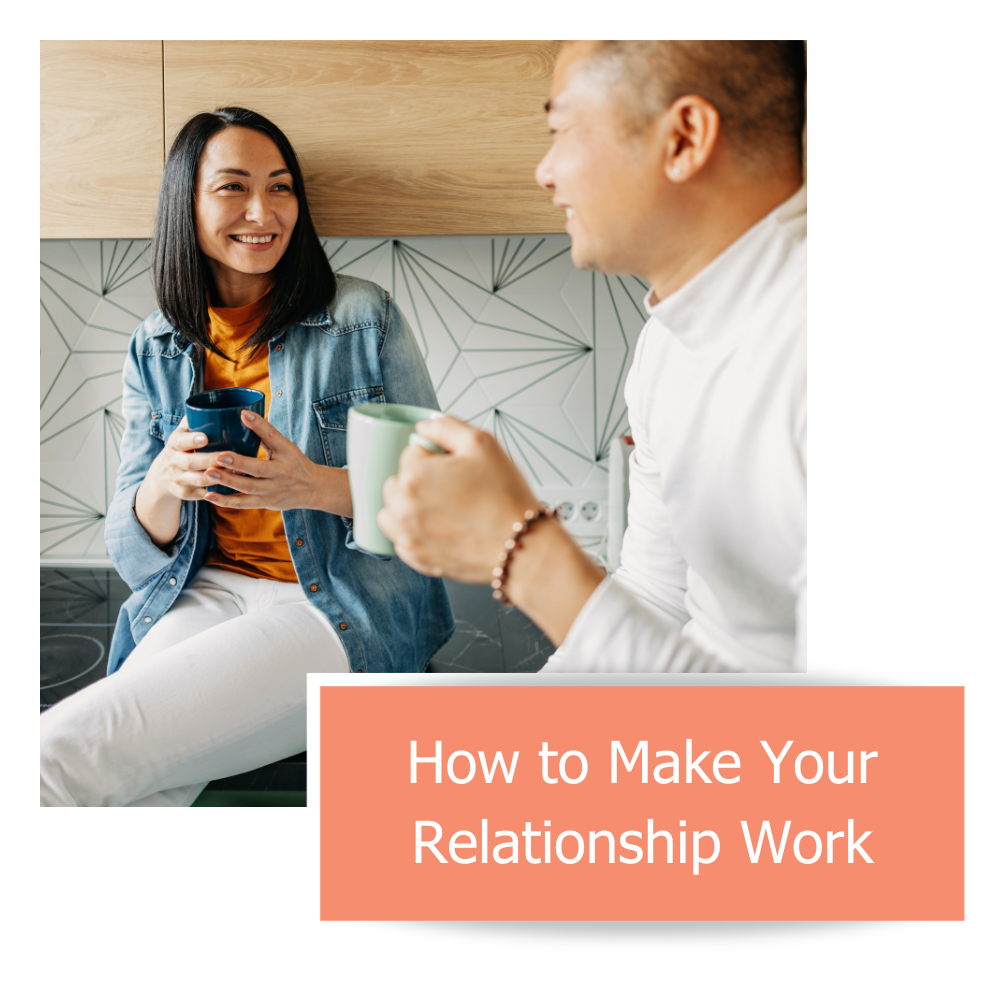Many of us have wish lists for our future partners stored away somewhere, like a recipe we’ve refined over years of trial and error. While these lists can help clarify our wants and needs, they can’t predict how different ingredients, or people and their attributes, will actually interact. Oftentimes, great relationships require us to deviate from our carefully planned recipes a bit.
In middle school, my friends and I brainstormed lists to really hone in on our ideal partners. Mine included critical attributes like: “must love chicken nuggets,” “must play soccer,” “must be left-handed,” and “must have a sister.” If I had been hard and fast about those “needs” as an adult, my poor husband would never have stood a chance.
With that in mind, understanding the difference between a need and a preference can save you a world of heartache and disappointment as you navigate the dating scene. It will help you quickly turn away from relationships that are not leading you in the direction you want for your life. It will also allow you to look past more superficial quirks or habits that block you from considering someone who could be a great life partner for you.
Ideally, if you’ve identified something as a true need, this becomes an easy way to quickly sift through a vast sea of potential daters. For example, if you have a deep need to be with someone who shares the same faith, then screen for that before you go on a date. Or, be willing to discontinue dating someone if your core needs do not align.
As far as preferences go, there is a myth that common interests are necessary for healthy relationships, and that having more of them will make you more compatible. While they can’t hurt, Dr. John Gottman notes it’s the way partners have of relating to each other that matters more. It’s less about what you’re doing and more about how you’re doing it together. Matching lists of likes and dislikes only gets you so far.
The balancing of needs and preferences also extends into compromises within a relationship, especially in a marriage. In Dr. Gottman’s Seven Principles workshops, based on research from his book The Seven Principles for Making Marriage Work, couples use circles of flexibility and inflexibility to work through their problems. Each partner puts their deepest needs on the issue in a small inner circle of inflexibility, and their preferences, or areas of flexibility, go in the larger outer circle. This allows us to see, at a glance, what needs have to be honored for both partners at the core and which preferences can be taken into account after that.
To bring it back to dating, Dr. Scott Stanley and his colleagues conducted research on “sliding versus deciding” in premarital relationships. Often, daters progress through critical relationship steps like becoming intimate or moving in together without deliberately discussing what those significant choices mean. If your partner’s lease is up, you might move in together to save money or cut your commute time, but you haven’t necessarily upped your commitment to the relationship before taking that leap. If you want to leave the relationship, you’ve now made it considerably harder to walk away. They call that a “high cost slide.”
Similarly, when riding the tides of an otherwise great relationship, partners may gloss over core needs that are not being met, and the inertia of the relationship pulls them along. Perhaps one partner never wants kids and the other absolutely does. They might get married because they are great together in many other ways, but the baby issue has been tabled until further notice. When the time comes for someone to concede their position (baby or no baby), the potential for resentment over an unmet need is real. Dating affords us the opportunity to see our hypothetical wishlists stacked against a real partner, and we’re forced to clarify our positions. Which “wishes” are mere preferences, and which feel more like deal breakers?
Being deliberate about whom you choose to date and how you move through life together are vitally important. Marriage, as an institution, is strengthened when we use dating as means of carefully vetting relationships before couples walk down the aisle. Being clear and honest about your needs and asking the tough questions are critical functions of that process.
So, if you see a great profile on an online dating website, but you read something that indicates this person may not be able to provide what you need, what do you do? If you’re most daters, you probably skim past the qualities you don’t like because of some other enticing features or common interests. You’re hopeful this mysterious potential partner will change his or her ways, or you downgrade your core needs to preferences for a time, hoping you can learn to live without them.
But the advice of the late Maya Angelou comes to mind here: “When people show you who they are, believe them.”
So, from a research perspective, the fact that we rarely date and mate in predictable ways poses challenges. How well can an online dating site sift through potential partners and identify “the one” for us when the lines between our needs and preferences get so blurry? How can friends and family set us up when what we say we want and what we’re attracted to are often wildly different things?
Dr. Samantha Joel, a research professor who studies relationships, delivered a great TEDx talk highlighting why compatibility predictions are so hard for researchers and, of course, online dating sites. She discovered that someone’s strictest requirements (or deal breakers) are often dismissed when they are presented with a real, potential partner. In her words, those deal breakers “go right out the window” and 74% of singles in her study decided to go on a date with someone who doesn’t necessarily meet their requirements anyway.
So, dating becomes an exercise in bending without breaking. Don’t let the excitement of a new prospect blind you to what you really want and need in a partner. Be honest about your needs so that you won’t be forced to compromise a core value or belief to maintain a relationship, but absolutely keep your mind open on the preferences. The person you marry may not be the left-handed soccer player and chicken nugget enthusiast you initially imagined, but, at least in my case, deviating from the recipe panned out pretty well.










